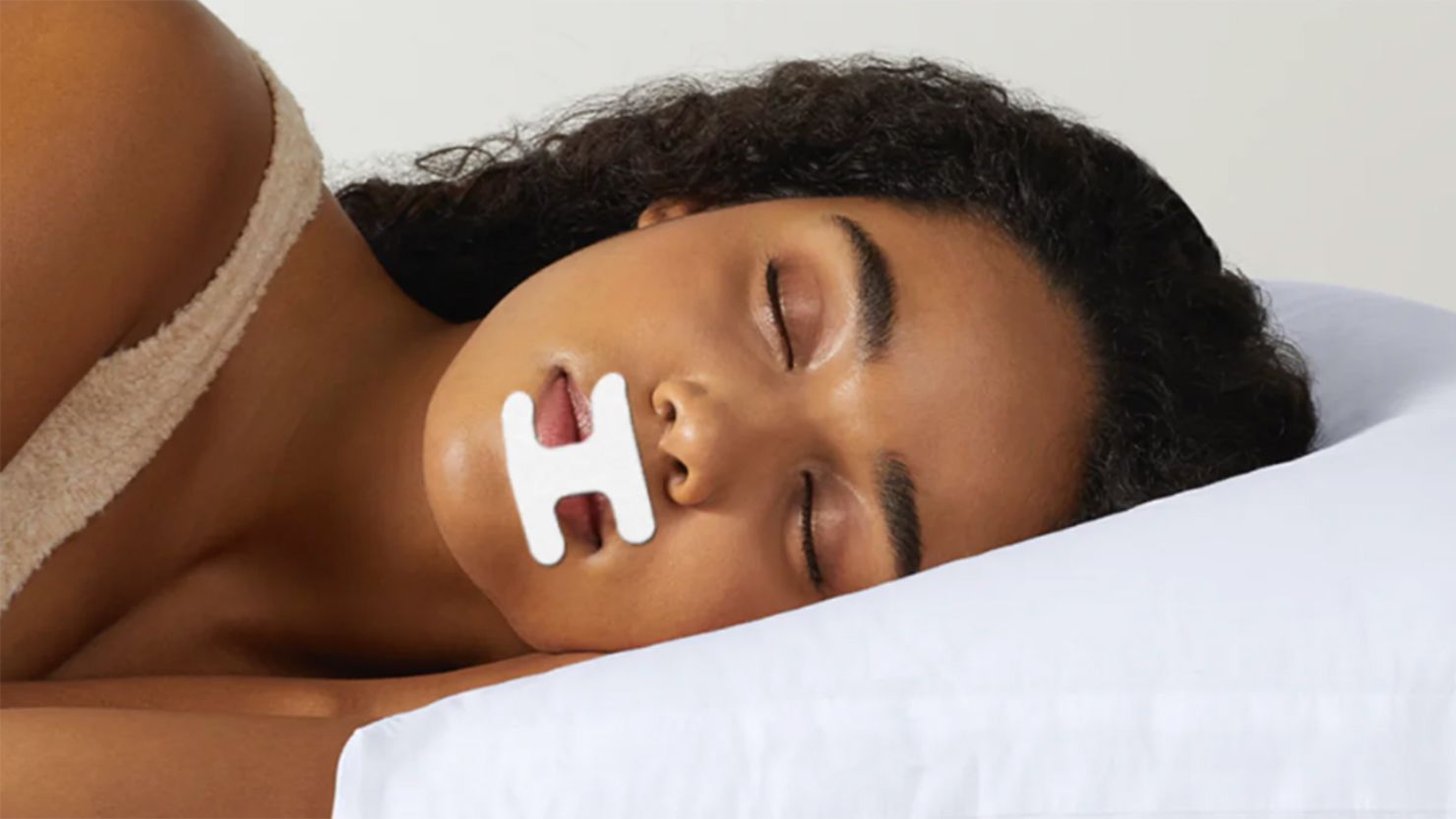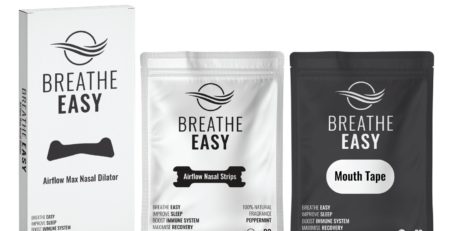What the science tells us?
In Huberman’s The Science of How to Optimize Testosterone & Estrogen, the discussion revolves around the benefits of nasal breathing versus mouth breathing, emphasizing its effects on facial structure, sleep quality, and hormone regulation. The conversation references Sandra Kahn and Paul Ehrlich’s book Jaws: The Story of a Hidden Epidemic, which describes how chronic mouth-breathing—especially in children—negatively impacts facial aesthetics and jaw development.
Nasal breathing is highlighted as crucial not just for appearance, but for oxygen-carbon dioxide exchange, neurotransmitter balance, and hormonal health, particularly testosterone and estrogen. The mechanism behind this is tied to sleep quality—poor breathing can contribute to sleep apnea, increasing cortisol (the stress hormone), which then diverts cholesterol away from testosterone and estrogen production. The interview notes that scientific studies confirm that reducing sleep apnea significantly increases testosterone in men and balances estrogen-testosterone ratios in women.
A key takeaway is that training oneself to breathe through the nose, both during the day and sleep, can improve hormonal balance, fertility, and overall well-being. The discussion references James Nestor’s book, Breath: The New Science of a Lost Art, which suggests mouth-taping as a method to encourage nasal breathing at night.
Nestor further explains that nasal breathing can be improved with practice, particularly through exercise:
“The best way to get good at nasal breathing is to dilate the nasal passages… when you exercise, in particular cardiovascular exercise, most of the time, provided you’re not in maximum effort, you should be nasal-breathing.”
“Nasal breathing allows for slower, calmer breaths, which are more beneficial than mouth breathing, especially during rest and moderate exercise”
Regarding the benefits of nasal breathing on filtering air, Nestor explains that it “filters and cleanses the air, providing six times more nitric oxide, which is vital for killing bacteria and viruses”
Breathing through the nose also increases sinus dilation, lung capacity, and reduces carbon dioxide buildup, making it one of the most effective, zero-cost ways to enhance health.
Unless someone has severe sleep apnea requiring a CPAP machine, transitioning to nasal breathing can lead to significant improvements in sleep, hormonal function, and overall health.







Leave a Reply